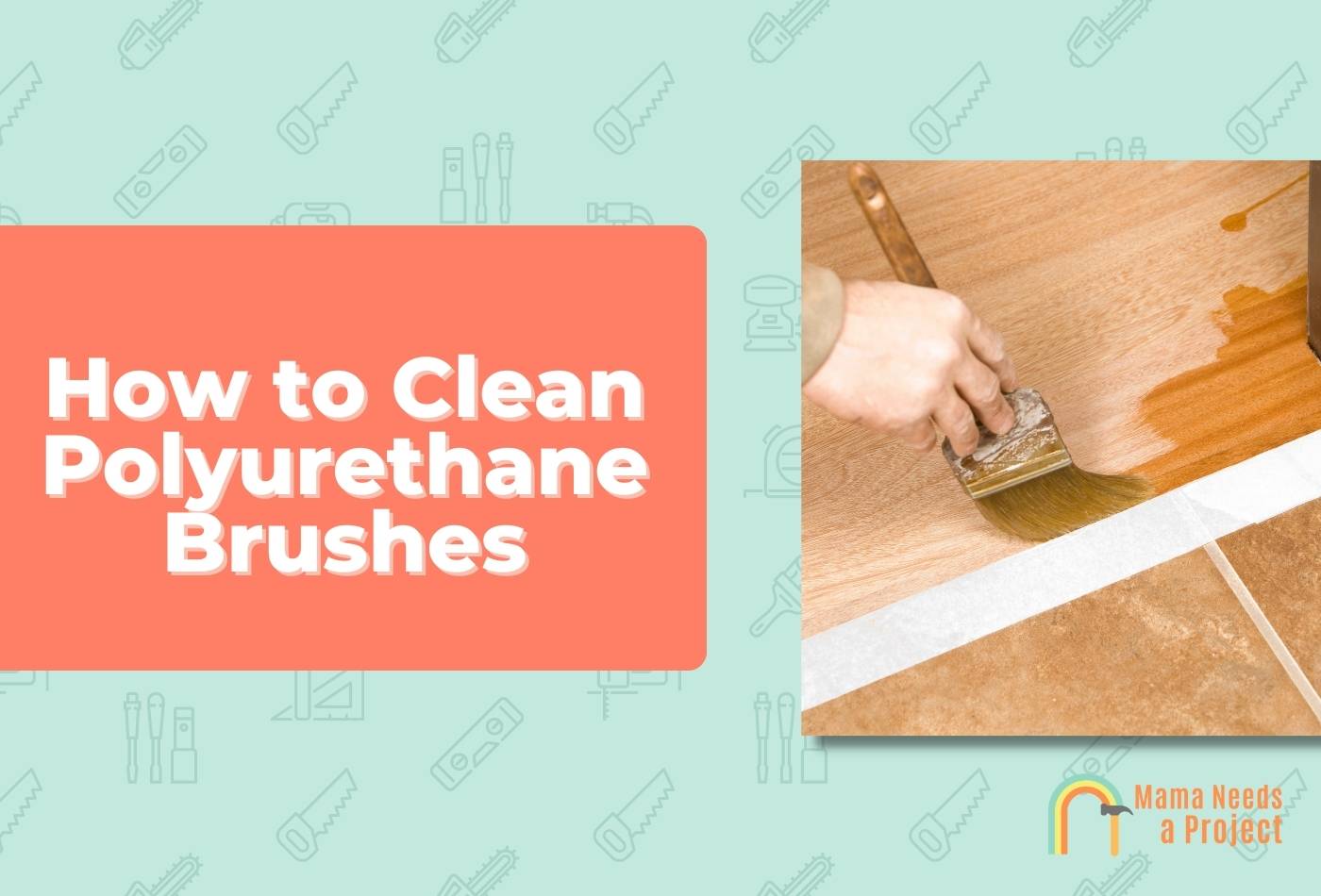How to Clean Polyurethane Brush (4 EASY Techniques in 2024)
Polyurethane brushes can be expensive, which is one reason why you should take care of them. And if you do so properly, they can last for years to come.
But how can you clean polyurethane brushes?
In this post, I’ll answer all of your questions about cleaning polyurethane brushes including how to clean both oil-based and water-based polyurethane brushes, how you can clean them without water, and much more!
To clean a polyurethane brush, start by determining what kind of polyurethane is on the brush. For water-based poly, use warm water and soap to clean the brush. For oil-based poly, use mineral spirits or paint thinner to remove the polyurethane. Always store your brushes in a cool, dry space to ensure that last for years to come.
Types of Polyurethane
There are two different types of polyurethane: water based and oil based.
Water based polyurethane dries faster than oil based polyurethane, but it can raise from wood grain and isn’t that durable.
Oil based polyurethane, on the other hand, takes longer to dry, but it penetrates wood better and is more durable.
Both kinds of polyurethane are used often, though oil based polyurethane is more popular because of its range of attractive qualities.
When it comes to cleaning polyurethane from a brush, it’s much easier to get rid of water based polyurethane, in large part because water based polyurethane is thinner and doesn’t cling to the brush bristles like oil based polyurethane.
There are also three kinds of polyurethane finishes: glossy, semi-gloss, and satin. Some finishes look better in certain settings than others.
Because polyurethane can dry quickly, it’s important to clean your brushes as soon as possible!
About Polyurethane Brushes
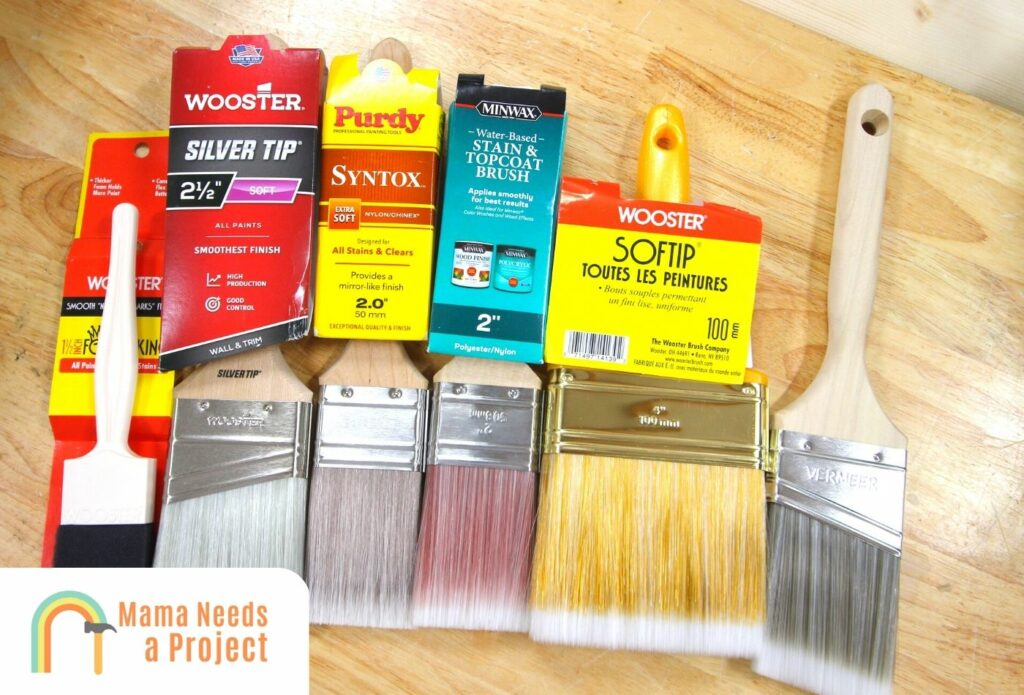
Polyurethane brushes come in a variety of shapes and sizes. The most common type of brush is the round brush, and this is used to apply polyurethane to small areas.
There are also flat brushes, which are better for large surfaces. And finally, there are angled brushes, which can reach into tight spaces.
When you’re choosing a quality brush, it’s important to select the right size and shape for the job. Otherwise, you might end up with an uneven finish. So consider the type of project you’re working on and choose a brush accordingly.
You should always clean polyurethane brushes when you’re finished using them to ensure they stay effective for as long as possible.
Remaining polyurethane is difficult to remove once the brush bristles dry, and this dried polyurethane can damage the brush in the long run.
You should always clean your polyurethane brush with maximum cleaning power immediately after using it if you want it to last.
Check out this guide to learn how to clean polyurethane surfaces!
Types of Polyurethane Brushes
There are two types of polyurethane brushes: natural and synthetic.
Natural brushes are made from animal hair. Some people prefer working with natural hair bristles, and a paint brush made of such hair will always be sought after. Natural bristles can keep a painter’s work from looking artificial.
But this isn’t to say that synthetic brushes don’t have their place. After all, these are good quality brushes, so on the contrary, a synthetic brush will be chosen over a natural bristles brush in most instances.
Synthetic brushes are manufactured using man-made materials, and their structure, length, and size collectively determine how they spread paint on a surface.
Both synthetic and natural hair bristles can be used to apply polyurethane paint, but synthetic bristles are widely considered to be better because they apply finish evenly.
Cleaning Oil-Based Polyurethane from Your Brush
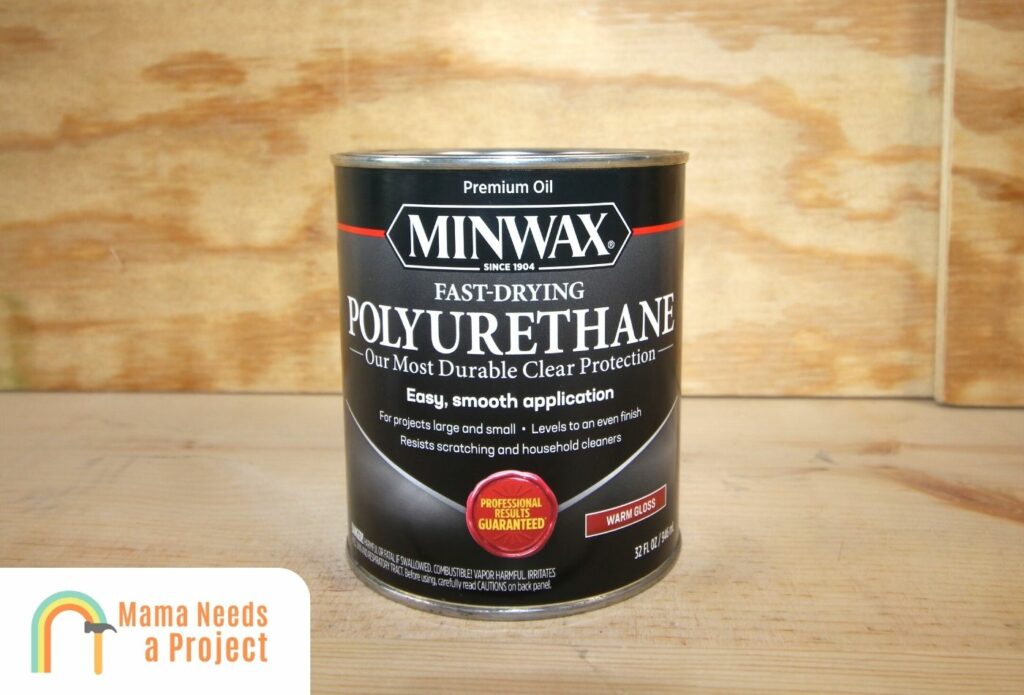
Several different methods can be used to clean polyurethane from a brush. But how you approach cleaning largely depends on the kind of polyurethane you’re using. Let’s start with oil-based polyurethane.
Oil-based polyurethane is one of the most common types of polyurethane, as it’s durable and ensures a high-gloss finish. But can you clean oil based polyurethane with ease? Let’s see!
Method 1: Use Mineral Spirits
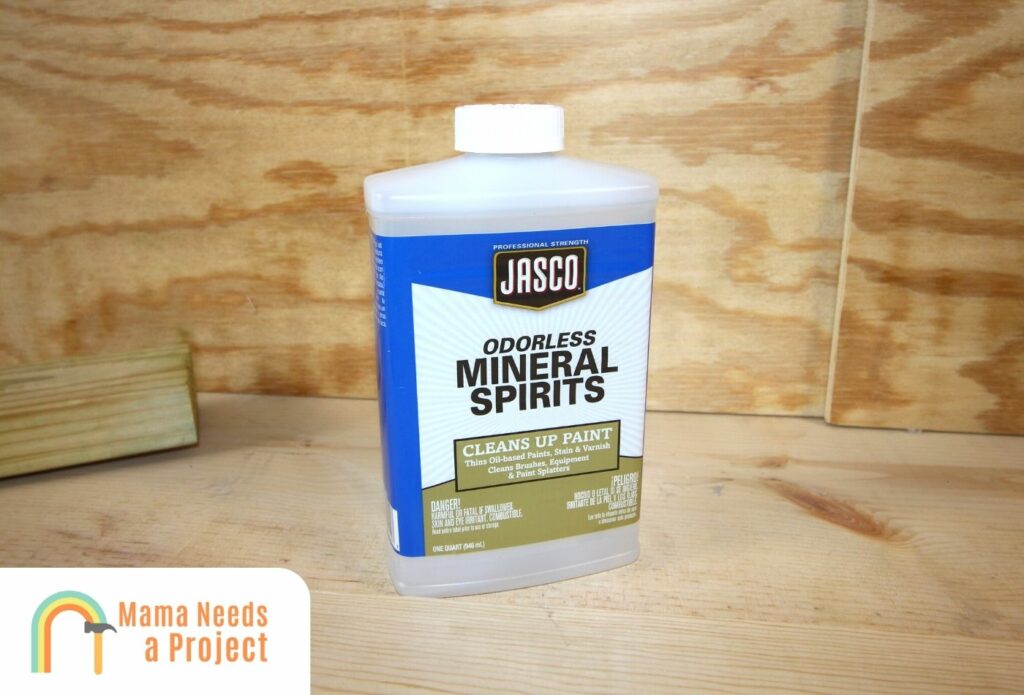
Mineral spirits are a type of petroleum distillate that can be used to clean oil based polyurethane brushes. They’re also known as white spirit or mineral turpentine. Here’s what you need to do:
Step One: Pour some mineral spirits into a container. These will act as a brush cleaner. You’ll need enough to submerge the brush completely. One cup of mineral spirits will do.
Step Two: Soak the brush in the mineral spirits. Doing so will help with breaking down the hardened polyurethane that’s accumulated on the brush. Depending on how much dried polyurethane there is, you may need to let it soak for a few minutes or even an hour.
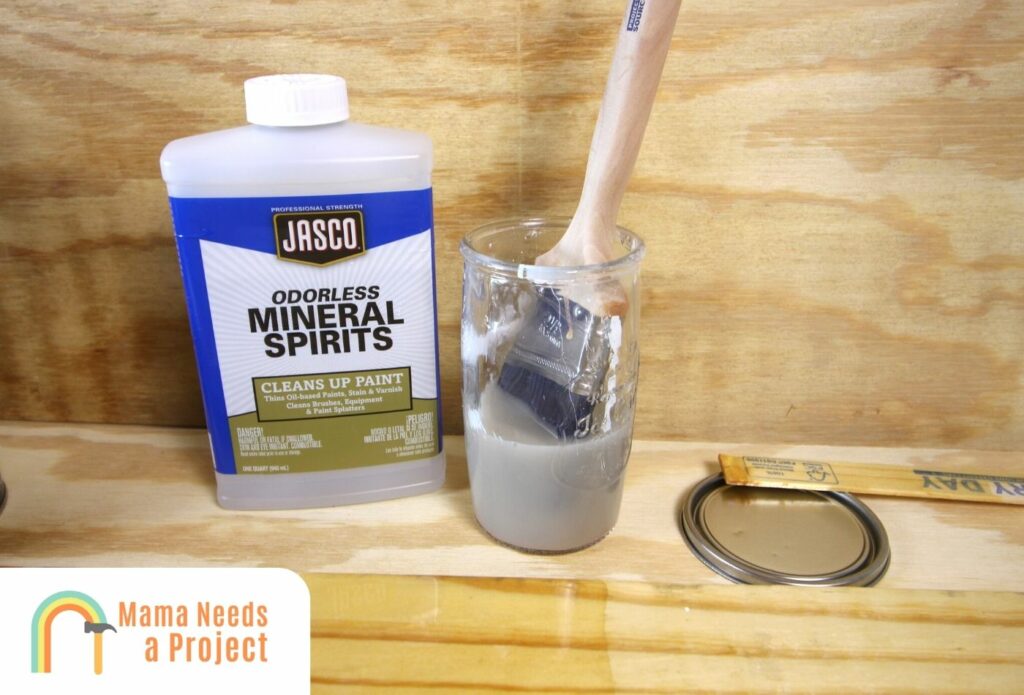
Step Three: Once the brush has had time to soak, and you start to see dirty mineral spirits, rinse off the brush with cold water. Be sure to get all of the mineral spirits out, as these can damage the brush if they’re left behind. You can use paper towels or an old toothbrush to gently wipe away any stubborn residue.
Step Four: If necessary, repeat steps 1-3 until all the polyurethane and mineral spirits have been removed and you’re holding a spotless paint brush.
Step Five: Allow time for the brush to dry completely before using it again; doing so will ensure the brush doesn’t get damaged.
Polyurethane brushes are great for a variety of different projects, but only if you’re consistently cleaning polyurethane from your brushes. With consistency and some vigorous scrubbing, you can ensure you start each project with clean brushes.
Did you get some polyurethane on your hands in the process? Check out my guide on how to get polyurethane off hands!
Method 2: Use Paint Thinner
If you’ve been working with oil-based polyurethane, you can use paint thinners to achieve a clean brush.
Paint thinner is a strong solvent, one that will break down oil based polyurethanes, leaving spotless synthetic bristles. Here’s what you need to do:
Step One: Pour some of the cleaning solvent into a cup or bowl. Make sure there’s enough to ensure a clean brush, but don’t pour too much.
Step Two: Take your brush and swirl it around in the solvent. You need to make sure all of the bristles are coated with the cleaner.
Step Three: After you’ve let the brush sit in the solvent for a few minutes, it’s time to rinse it off. Run the brush under some warm water and watch as the dirt and grime slide right off the brush bristles. You need to also make sure the soapy water mixture is completely removed, as not doing so could lead to problems later on.
Step Four: If your brush is still looking dirty, repeat steps 2 and 3 until it’s clean.
Step Five: Once your brush is clean, use a paper towel to dry it off leaving you with a clean polyurethane brush. Make sure that the brush is completely dry before you use it again. As far as drying is concerned, the entire process shouldn’t take longer than a couple hours.
Any time you’re working with paint thinner, it’s important to take precautions. Wear gloves and other protective gear to ensure your safety. Paint thinner is a flammable solvent, so it’s equally important to make sure you’re using it in a well-ventilated area.
And be sure to dispose of the paint thinner properly when you’re finished. Do not pour it down the drain! Instead, pour it into a container and then dispose of it in accordance with local regulations.
Once you’ve applied polyurethane, you might want to get rid of the smell. Check out these methods to get rid of polyurethane smell!
Cleaning Water-Based Polyurethane from Your Brush
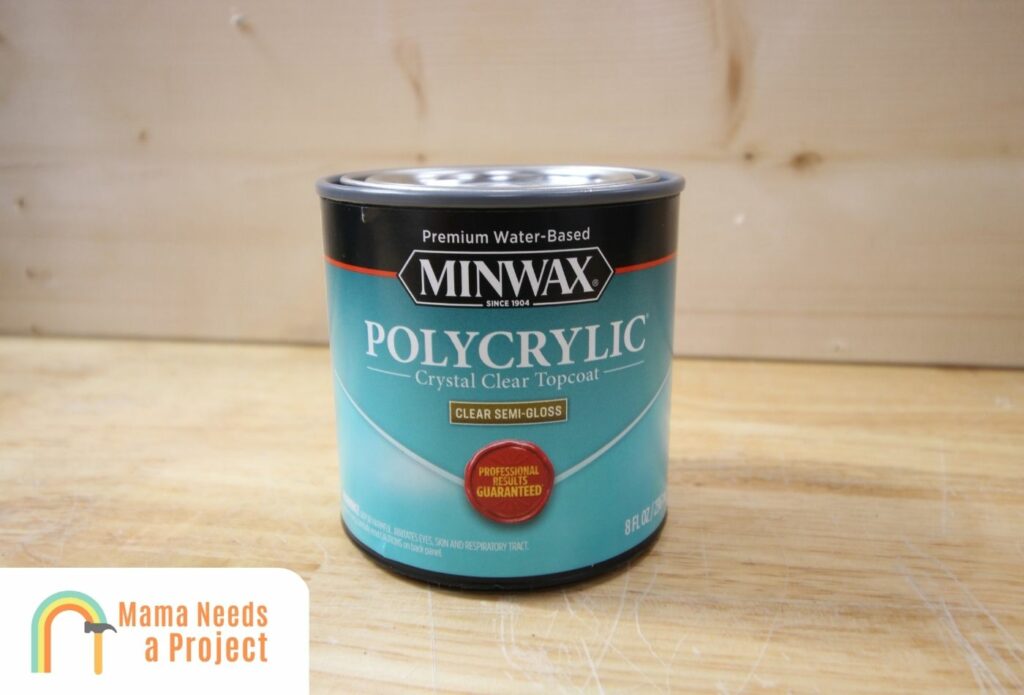
Water-based polyurethane is the easiest type of polyurethane to clean from a brush, which is one reason why it’s the most popular kind of polyurethane.
Even when a paint brush has been immersed in water-based polyurethane, getting a clean polyurethane brush afterward is no problem. Here’s what you have to do:
Method 1: Use Hot Water
If you’re looking for the least-toxic option and don’t want to use all those chemicals, you can use water to get rid of water based polyurethane. Hot water in particular will remove any built-up residue that’s on your polyurethane brush.
Step One: Begin by pouring water into a container. You can use a bucket, a cup, or even a sink. As long as the container is spacious enough for you to clean the brush bristles in the water, you’re good to go.
Step Two: Next, submerge your brush in the water. Make sure the entire polyurethane brush is covered.
Step Three: Once your brush is submerged, start swirling it around in the water, as doing so will loosen any dried oil paints.
Step Four: After a few minutes of swirling, remove your brush from the water and rinse it off under a faucet. If necessary, repeat steps 2 and 3 until you have a completely clean polyurethane brush.
Step Five: Use a paper towel to dry your brush. Once it’s completely dry, it will be ready for when it’s needed next.
Please note that in some cases, you may need to repeat the above steps more than four times to successfully remove all traces of water based poly. With enough vigorous scrubbing, you can get the brush cleaner in no time.
Any remaining stubborn polyurethane can be removed using dish soap. This will be discussed more in the next section.
Method 2: Use Soap and Water
Another good clean up technique for getting water based polyurethane off a brush is using soap and water.
Step One: Get the polyurethane brush wet using warm water. You’ll need to make sure the brush is completely damp, as this way cleaning polyurethane off will be easier.
Step Two: Add a few drops of mild dish soap to the bristles and scrub until a lather is created.
Step Three: Rinse the soap out of the brush bristles under warm water. Continue to do this until you can no longer see any soap suds on the brush bristles.
Step Four: Repeat steps 2 and 3 as necessary until the brush is clean.
Step Five: Use your fingers to reshape the bristles and set the brush aside to dry on nearby paper towels.
Cleaning brushes with soap and water is the best way to clean them if they’re only slightly dirty. If your brushes are very dirty, though, you’ll need to use a stronger cleaning method.
Need more help? Check out the video below!
Frequently Asked Questions
Is it safe to reuse a polyurethane brush?
Absolutely. In fact, it’s not only safe but encouraged.
Provided you clean your brush thoroughly after each use, you can reuse your polyurethane brush indefinitely. Not only will doing so save you money, but it will also help the environment by reducing waste.
Polyurethane brushes cost considerably more than standard brushes, so you should want to get as much use out of them as possible.
Why do you need to clean polyurethane brushes after every use?
It’s important to clean your polyurethane brush after every use because doing so will prevent the bristles from becoming clumped together with dried paint, varnish, or another material. Over time, clumps can cause a brush to lose its shape.
Additionally, if you don’t clean the brush regularly, the material buildup can make it difficult to apply an even coat of paint or varnish.
And depending on your craft or hobby, there might be other good reasons to keep your polyurethane brush clean.
For example, woodturners use brushes to apply lubricant, as lubricant prevents overheating. And to apply it properly, you need the right kind of polyurethane brush.
Having your brushes clean and ready for use will help you be more productive, and you won’t spend as much on replacements – it’s a win-win for everyone.
Is it ok to use the same polyurethane brush for oil based and water based?
You can use the same polyurethane brush for both oil based and water based finishes, but you will need to clean the brush thoroughly between uses.
If you don’t clean the brush, the oil based finish may not cure properly, and the water-based finish may turn out to be dull and streaky.
That said, many professionals agree that even with regular cleaning, the results are often mixed, so it’s best to use a separate brush for each type of finish.
If you decide to use one brush for both types of finish, just be aware that you might not get the best results possible.
Can I clean my brushes without a thinning agent?
As long as you use water based polyurethane, you can clean your brushes with just water.
Thinning agents like paint thinner and mineral spirits are only necessary when you’re using oil based polyurethane.
Is it possible to clean water-based polyurethane brushes without water?
Yes! After you’re done using your polyurethane brush, just wrap it tightly in plastic wrap and store it in the fridge over night. The next day, the brush will be as good as new.
Note, however, that you should only use this method if you plan to use the brush again within a day or two.
If you leave the brush in the fridge for longer than that, you’ll get hardened bristles, and they won’t apply the polyurethane as smoothly.
Final Thoughts on How to Clean Polyurethane Brush
Learning how to clean a polyurethane brush is easier than you think.
Depending on the type of polyurethane you’re using, there are different methods you can use.
For water based polyurethane, some warm water and dish soap will do the trick.
For oil based polyurethane, mineral spirits or paint thinner can help you remove polyurethane for an oil based polyurethane brush.
Remember to always clean your brush immediately after using it to make your job easier.

